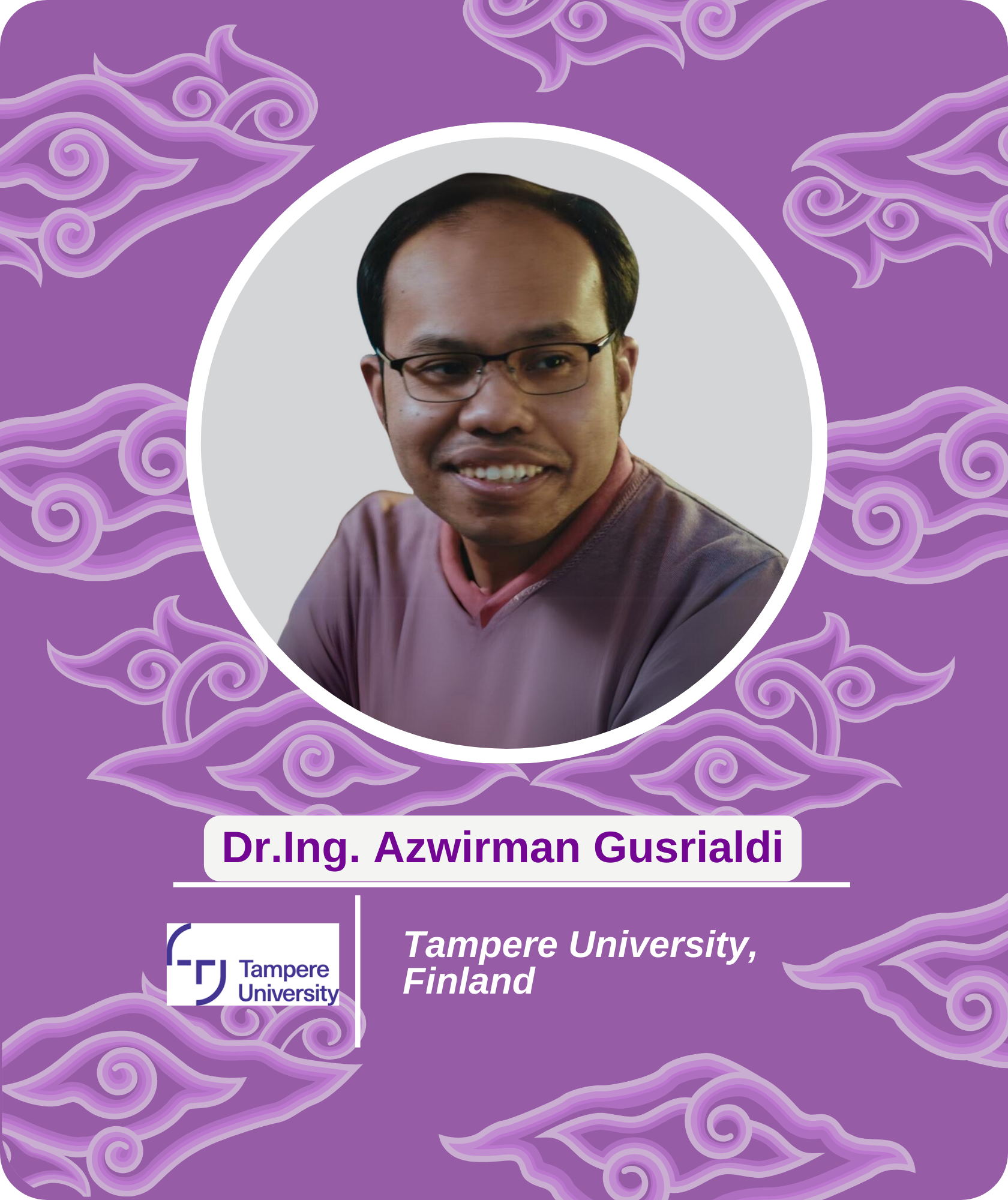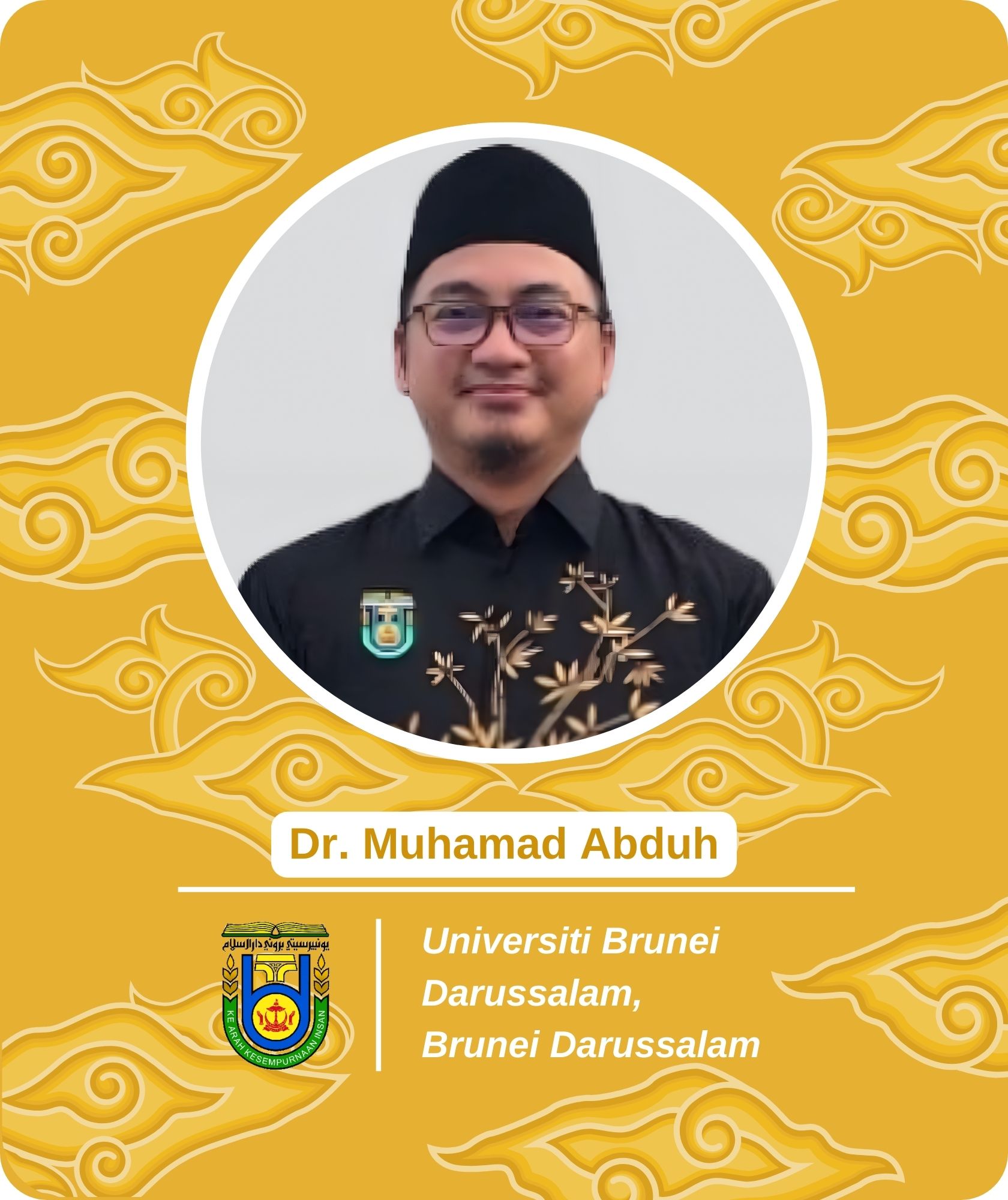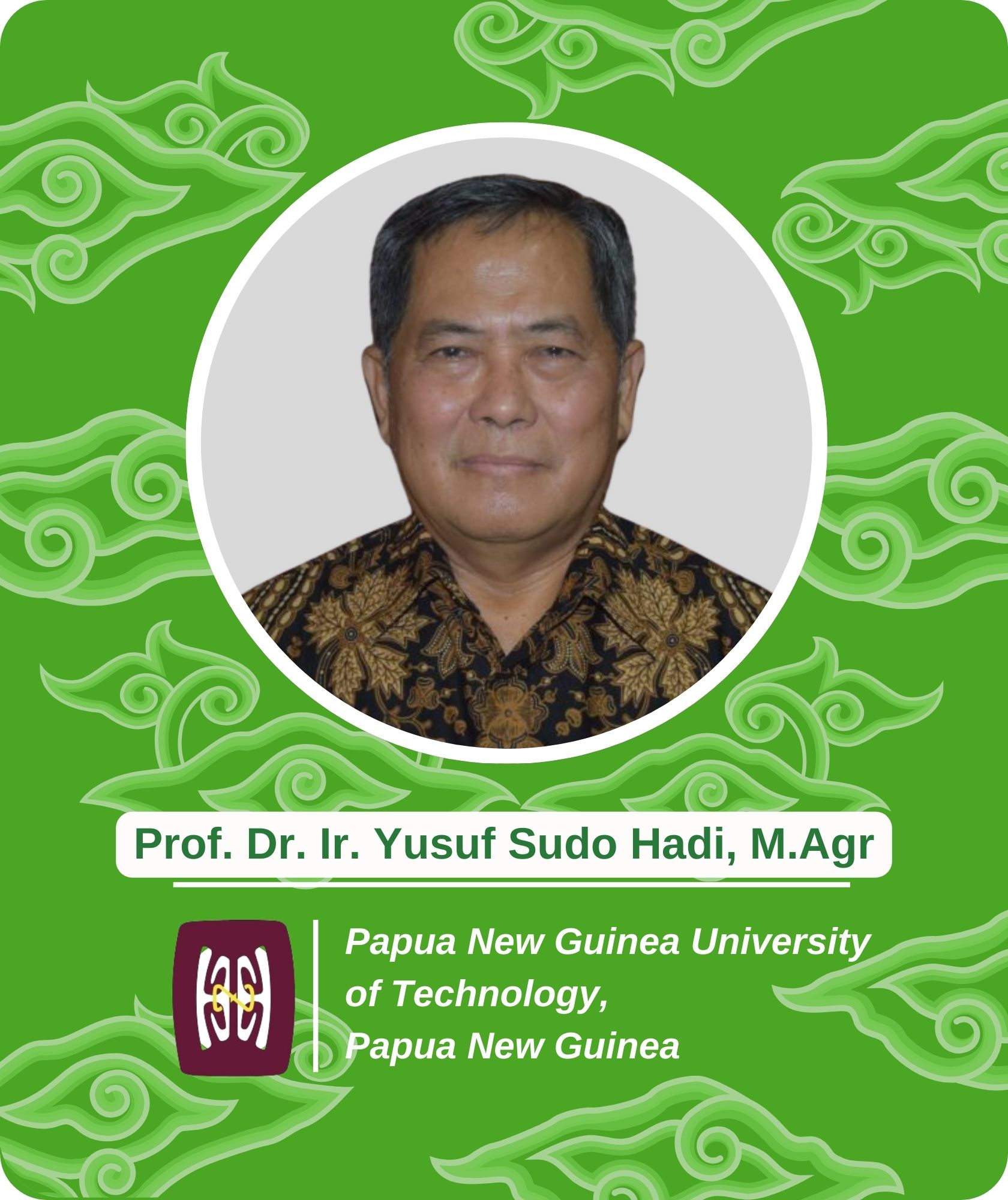Identifying Spatio-temporal Dynamics of Cacao: Case Study of North Luwu Regency, South of Sulawesi
This paper was not presented at the conference.
Keywords:
Land use/cover change, Landsat, Cacao Agroforestry, Artificial Neural Network, Cellular AutomataAbstract
This paper was not presented at the conference.
The existence of cocoa plantations in most of mainland Sulawesi has become part of the lifestyle of traditional farmers. Currently, cocoa plants are not only monoculture plants in compact beds but are also planted using an agroforestry planting system, planted as undergrowth under forest stands. In line with the increase in population and the development of adequate road infrastructure, cocoa plantation areas have experienced changes in area and location. This paper investigates the dynamics of changes in monoculture and agroforestry cocoa plants in the last thirty years, between 1990 and 2020. The study objective is to predict the extent and spatial distribution of cocoa plants in the next 30 years, namely in 2040, as well as to identify the significant driving forces that cause these changes in Luwu Utara Regence, Central Sulawesi. Land use and land cover in 1990 and 2020 were derived from Landsat imageries using a decision tree machine learning algorithm. The spatial prediction of land use and land cover applied the ANN-MLP model, particularly in developing the transition probability map. Cacao dynamics changes were simulated by integrating the Markov-Cellular Automata (Markov-CA). The study found that the model successfully simulated the spatial distribution of cacao in 2020 with an AUC of 0.85. The projected land use in 2040 revealed the massive potential of cacao changes towards densely vegetated areas on higher elevations.




















